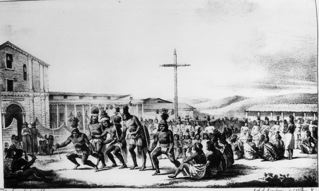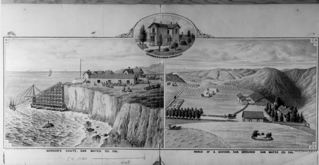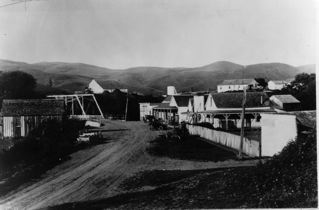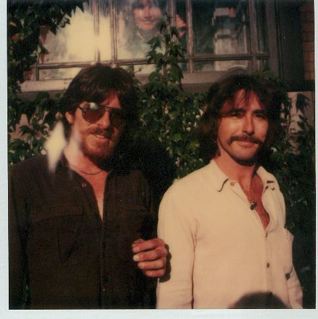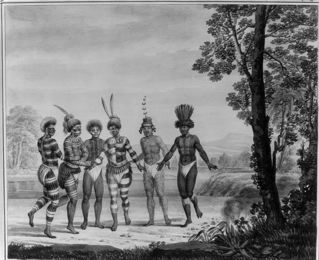 (Photo: Indians at mission in San Jose)*
(Photo: Indians at mission in San Jose)*
Pomponio’s pursuers, Spanish or Mexican soldiers, must have believed that the fugitive Indian was dead, perhaps killed by grizzly bears or mountain lions that roamed the hills near Half Moon Bay. Visibly relieved, they pushed Pomponio out of their minds. He was forgotten and good riddance.
The soldiers had ceased looking for him when, one day they received a disturbing report of a raid on a Pacifica ranch. It sounded suspiciously like the work of the notorious Pomponio. Their worst fears were realized when eyewitnesses confirmed it was Pomponio and his gang, who had swooped down on the ranch and seized horses and supplies.
Once again the crafty Pomponio had slipped away.
Although Pomponio was ordinarily secretive–his success had made him careless. He started to confide in people whose loyalty he could not be certain of. A few traitorous Indians who had pretended to be sympathetic were actually employed as listening posts for the authorities.
When one of these deceitful fellows learned of Pomponio’s plans to raid a ranch near San Jose, he alerted the missionaries who set in motion a trap for the wanted outlaw. But in another twist, Pomponio, using his own spies, learned of the betrayal and altered his strategy by forgoing the raid.
*Photo: San Mateo County History Museum. Please visit the new galleries at the museum in the historic Redwood City Courthouse.
…To Be Continued…

